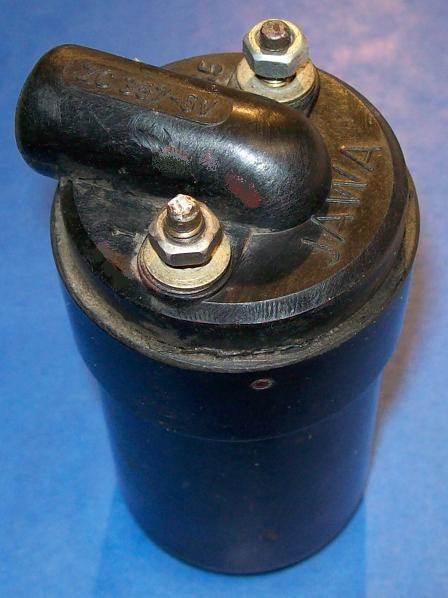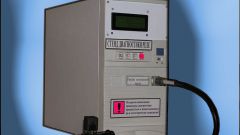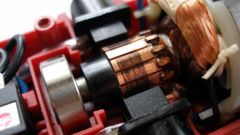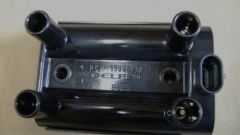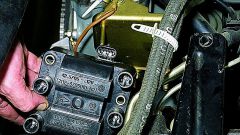Instruction
1
De-energized electrical system, disconnect and remove the ignition coil. Note how it was connected. Inspect it visually. At its plastic parts should not be chipping - they can be the cause of breakouts. If the bobbin case is dirty, the dirt can cause high voltage leakage.
2
Check the coil on breakage. To do this, use an ordinary ohmmeter. The bell, first primary, then secondary windings. The first should have a very small resistance, the second much more, but the main thing is that neither one nor the other should not be close to infinity. If broken at least one of the windings, the bobbin is defective. Note that total output is the body of the coil. If continuity can not touch the conclusions and the metal parts of the probes, so as not to get a nasty shock voltage of self-induction.
3
Making sure that breaks in both windings not, check the coil for the presence of short-circuited turns. Take another reel of the same type that is working properly. Connect to the secondary winding of the AC voltmeter. Submit to the primary winding sinusoidal signal with frequency of several tens Hz and amplitude about 2 V. Record the voltmeter, disconnect the signal, then repeat the experiment with a standard coil. If the readings differ greatly, the shorted turns are. This reel can produce is greatly reduced voltage, not able to punch a spark interval of a candle. Do not touch during test the coil pins.
4
Try the reel on the absence of breakdowns. Connect the primary winding to a powerful 12-volt DC current across the button contacts designed for a current of 20 A. in Parallel, the button must be connected to a paper condenser of the same capacity that is installed in the ignition system, and is designed for a voltage of less than 1 kV. To the secondary winding connect the candle. Turn the source on and several times quickly press and release the button. If the crack is bugged in the coil with almost the same volume as in the candle, the breakdowns are available, and the coil is faulty. Away from your ear too close to the spark didn't hit him.
5
By results of check make a decision about installing the bobbin back or replace it with a new one. The latter should have the same parameters. If the coil is working and the ignition not working, then the faulty components in the system.
Note
Do not touch live circuits. Keep in mind that high voltage can penetrate the gap up to three inches.
